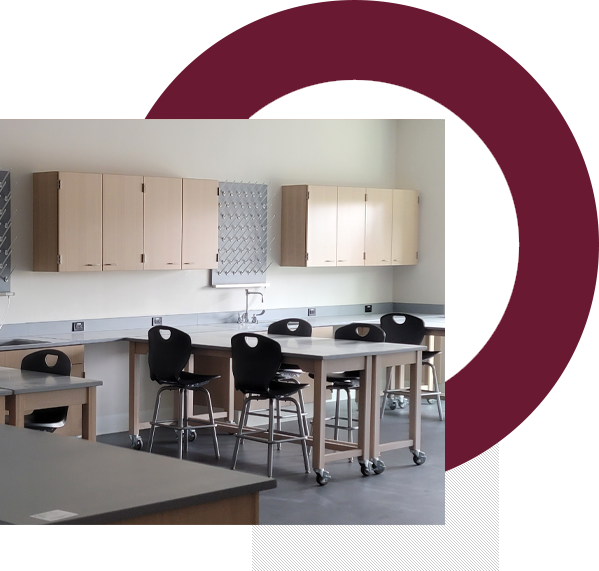Technology Engineering
The Technology/Engineering classes meet the MA Curriculum Frameworks for Science and Technology/Engineering and prepares students for the 8th grade Science and Technology/Engineering MCAS
BostonTechMom is a resource for parents who want to inspire their children to learn about science, technology, engineering and math (STEM). The website provides ideas, activities, and programs to help kids explore their interest in the STEM fields.
Grade 7th Units
Computer Programming: video game design challenge
Students are introduced to a graphics oriented block-based programming language (StarLogo TNG) and use it to solve various challenges, such as simple video games. They will be able to develop algorithms, write code in standard computer code format (variables, if statements, for loops, etc), test and debug code, and design and create a computer game.
Transportation Technology
Students study transportation systems in terms of their subsystems (propulsion, structure, control, etc.). Students choose one technology and work with a team to create a poster presentation. As a result students are exposed to a variety of interesting transportation technologies.
Catapult Design Challenge
Students study the physical principles involved in launching items with a catapult. They use the Engineering Design Process to guide them through the process of designing and building a catapult to propel items into a given target. They experiment with various materials and configurations, take data, and calibrate their devices for a specified target.
Grade 8th Units
Structures, Forces, Materials I: Wood Frame House
Students learn what makes structures strong and able to resist specific forces. We take an in-depth look at the structure and materials used in a common Wood Frame House.
Engineering Design
Students will use the Engineering Design Process and knowledge of wood framing in their design of a small vacation cottage. The process includes idea generation, prototype construction and final model.
Structures, Forces, Materials II: Bridges
Students continue their study of structures, forces and materials by focusing on bridges. We look at the history of bridge technology, major types, materials, forces, and selection of an appropriate bridge type for a given site.
Communications Technology
Students study communications methods from historical times to present. They experiment with a model telegraph and use it to encode, transmit, and decode messages. We explore various communications technologies including fax machines, vinyl records, CDs, DVDs, MP3s, and cell phones. Students learn about the digital TV format and how it improves upon analog TV.
Airplanes and Rockets
Students learn the principles of flight and how a plane is controlled during flight. They use this knowledge to perform stunts with paper airplanes that they construct. Students also learn the principles of a rocket and how it is controlled during flight. They build rockets and then test them outdoors while using math and physics concepts to determine its altitude.
House Design and 3D CAD
Students follow the Engineering Design Process while they design and model a small vacation home. 3D CAD software “Google Sketch-Up” is used to model and furnish the house on a computer workstation.
Manufacturing Technology
Students are introduced to basic manufacturing processes (separating, forming, assembling, casting, finishing, quality control etc.), the organization of a manufacturing company, and the systems of custom and mass production. Pin-back buttons are used as an example product; students will create a business plan and produce prototypes.

